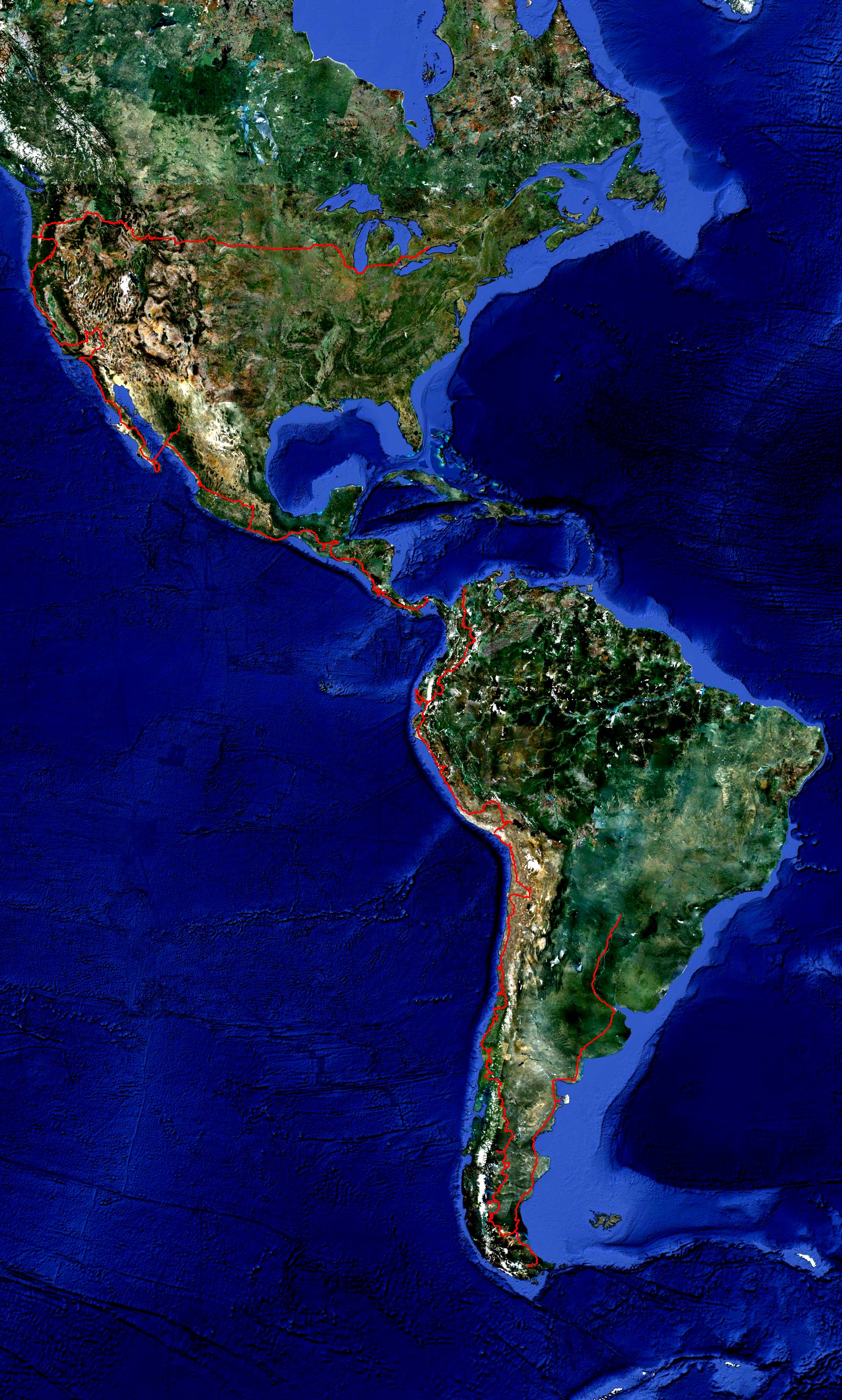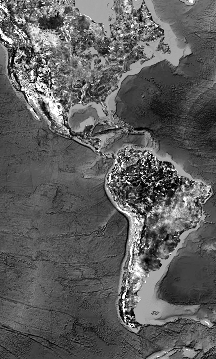Peru’s top tourist draw is undoubtly Machu Picchu, the “Lost City” of the Incas deep in the Andes near Cuzco. One of the popular ways to reach it is to hike a few days of the “Inca Trail”, an important ancient Inca route that once linked the city of Cuzco in the south of Peru to Quito in present-day Ecuador. The Inca empire at its largest stretched even further than this from southern Colombia to northern Chile.
Unfortunately for us, the Inca Trail near Cuzco is now extremely popular with tourists so the authorities in charge of it have put in place strict controls to both restrict the number of people doing it and make sure they spend enough of their tourist dollars on local services. It is impossible to hike the trail independently and all hikers are required to sign up for a guided hike. The guided hike packages are also regulated as to minimum standards, and so now always include a guide, cook, and porters to carry most of the gear. Although we love hiking ourselves and try to avoid even hiring guides whenever possible, we reluctantly agreed to the over-the-top package in order to be able to do the trail.
Setting out from Cuzco in the morning of Jan 29th, we filled a mini-bus with the three of us, our driver, our guide, the cook, and two porters (i.e. the three of us going camping with 5 support staff). After a drive of a few hours with obligatory stops at souvenir shops selling everything and anything made of alpaca (we bought some hats and socks), we made it to the trailhead where we started our hike after some thorough checks of our passports and guide by park officials.
Park officials also weighed the porters’ bags (they are legally only permitted to carry 25kg, although in the past they would carry as much as 40kg).
The hike itself was definitely beautiful, with amazing mountain scenery and plenty of Inca ruins along the way.
This part of the Andes that is to the east of the 6000m peaks forming the crest of the range is very humid and lush, and the waters here flow eastwards into the Amazon. There are plenty of interesting flora and fauna, including bromeliads growing on rocks and trees…
…tasty cactus fruit called Tuna that we managed to get to deep in a cactus patch…
… donkeys…
… and alpacas.
The trail is reasonably challenging for most people, since it has a lot of steep stairs and long climbs at high altitude.
However, we were already quite well acclimatized to the altitude (having slept at 4500m two nights before doing the trail, where the highest pass is 3800m) and in good shape from doing a lot of sports before it, like surfing as well as hikes where we actually carried our own gear, it was quite easy for us. We therefore spent our evenings discussing what harder hikes in the Andes we can do…
The camping experience was very different from what we were used to though. First of all, we’re used to carrying all our gear, not just our clothes. It was weird having porters carrying our tents, food, and cooking gear. When we arrived at camp every day, the porters would already have beat us there and set up our sleeping tents as well as a dining tent. Here’s our tent for our first lunch, our guide is on the right in the first picture.
Our guide would then invite us to “tea time” to have some coca leaf tea and snacks while we wait for dinner to be prepared (in a separately partitioned section of the dining tent). Here’s tea time at camp #2:
At lunch time, the porters would also stop and put up the dining tent so that we can dine in style, even if it was raining (since it was rainy season). They carried a table, chairs, and even a tablecloth – as required by regulated Inca Trail tour standards. The food was also definitely not camp food: there were interesting trail choices like fried wontons with chocolate sauce, popcorn, and even a cake (oddly, served for breakfast).
The campsites were also not exactly in the wilderness. The first night, we camped in what was basically a grassy terraced area adjacent to someone’s adobe mud house, in which the porters and guide actually slept. We found this not ideal but not necessarily a cause for complaint. Fortunately there was a stream nearby to bathe (apparently our guide said we’re the first foreigners he’s ever seen to bathe in the river – since it was quite cold and at altitude)
We played cards and hung out in our alpaca hats under the permanent roof structure at this site, drinking Chilean wine and champagne (since we didn’t have anything else to carry in our backpacks) and eating cheese that Ewa had smuggled in from Switzerland …
The second day, our campsite was really nice, nestled between two mountains, and with only a ranger station visible, and despite being designed for hundreds of tents it was a terraced area with brush in between so felt reasonably private.
The third day, however, we were originally going to camp at Winay Wayna, a big camp essentially beside a large mountain refuge (the building having the feel more of a run down cafeteria than an Alpine refuge) and underneath high-voltage power cables. Since the last section of the trail leading through the Sun Porte to Machu Picchu was closed due to mudslides, our guide suggested we hike to another camp in order to be closer to Machu Picchu and be able to make it to the site earlier in the morning. However, the campsite he took us to was not really what you dream of when you think of the Peruvian Andes…
In addition to the ducks runnning around and the stench of a duck farm, it was also beside these train tracks (they are just past a fence to the left of where those red crates are)
We complained and told our guide that the site was inacceptable, and fortunately he moved us to a much better location across the river. We’re still unsure of why he tried to put us with the chickens in the first place, but we’re guessing he had some sort of financial incentive to do so (not pay park fees for the last day?)
Finally, on the last day, after a long hike along the railroad tracks and then a bus ride up the last hill, we made it to Machu Picchu. (This unorthodox route was required due to the mud slide on the Sun Porte trail). Although quite overrun with tourists, there is good reason why Machu Picchu is probably the most famous and most visited archeological site in South America. Well engineered, well built, and in a spectacular setting, the Incas really built a masterpiece deep in the Andes here.
Note how well the stones used to fit together – they are cut so that not even a piece of paper could fit anywhere between them. However, despite the Incas’ precise construction and knowledge of earthquake resistant engineering, centuries of regular earthquakes have damaged this building and others on the site.
We also climbed Huayna Picchu, a small mountain right beside Machu Picchu, from which we got a beautiful perspective on the site.
After descending, we took a bumpy train ride back into Cuzco, showered and rested, and got ready for some more adventures in southern Peru. Following the rather large expense and unnecessary fiascos with campsites, we all agreed that we are done with tours and that we are camping by ourselves from here on with no guides, porters, and others to bother us. Little did we know what we were about to sign up for next…










































































































